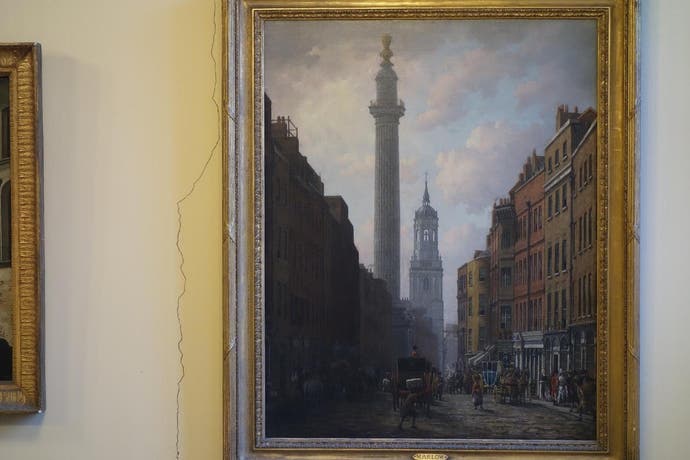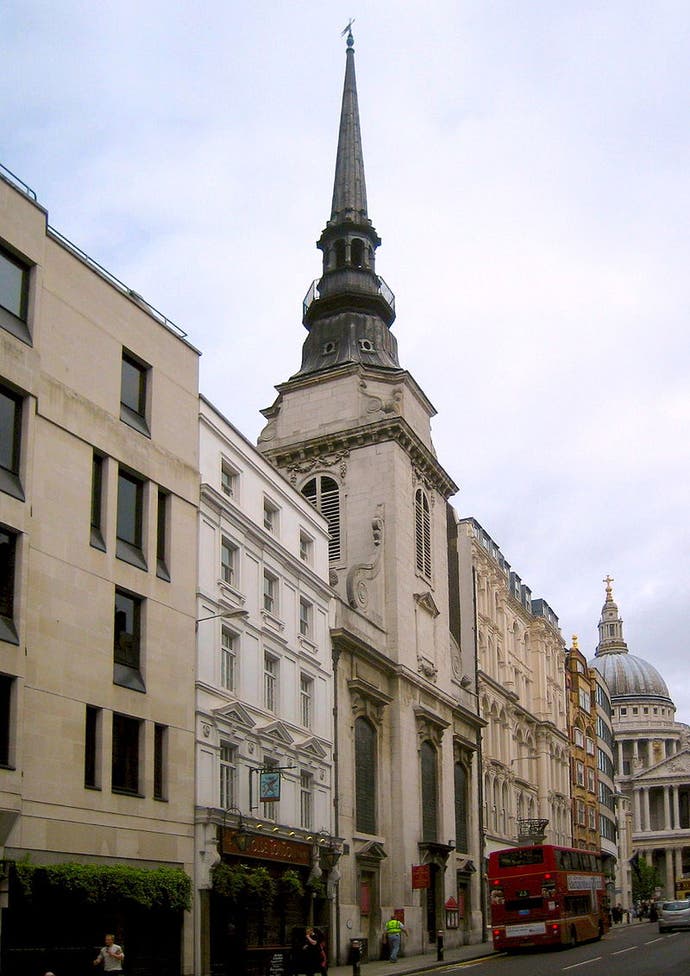Off Topic: An end-of-the-year miracle!
More Marlow.
I have an update for a story I published a while back. It was a self-indulgent story, and it's a self-indulgent update. Apologies very much in advance.
Back in October I wrote a piece about a painting I really love - Capriccio: St Paul's and a Venetian Canal, by William Marlow. It's an obscure painting - it's held in the Tate's collection but it's rarely on display - and Marlow is an obscure painter. I have googled gently over the twenty years since I saw the painting and have seen a few of his pieces, most of them sort of fine but not particularly memorable.
Anyway. A few weeks back I was watching the Netflix Christmas movie, A Castle for Christmas. It's set in a Scottish castle and I don't need to bother you with the plot. The important thing is that as Cary Elwes and Brooke Shields walked through the castle in one scene, I thought I saw a very familiar shape high up on the wall - a painting in amongst paintings. This one looked a lot like Capriccio, but the colours were darker and the outline felt slightly different. I was intrigued! (I am boring.)
So I found out where the film was shot, and it's a place in Scotland called Dalmeny House. On the house's website I found the staircase where I saw the familiar looking picture, but I still couldn't get a proper look at it.

Inevitably, I emailed the house, and asked if they had any info about this picture for me.
They did.
I got an absolutely lovely email back from a trainee administrator at Dalmeny. They had the names of the painting and the date it had been purchased. They also told me it was part of a set, purchased along with the painting you can see hanging nearby.
Here's the thing! Both paintings are by William Marlow! IKR. St. Paul's Cathedral from Ludgate Hill, and The Monument looking south towards the River Thames. Both came to the house from a Christies auction in 1887, and Ludgate Hill was exhibited at the Royal Academy in 1797.
They also took pictures, which probably involved climbing a ladder. Thanks!


This is very exciting for me - and probably for me alone, granted. Both these pictures were of locations very close to one another, which suggests that Marlow may have gone out sketching or whatever for the day and got the raw materials for both in one go. Or maybe not. But look again at the Ludgate Hill painting.
For reference, here is Capriccio.

Here's what I love. For years all I knew was Capriccio: St Paul's in the background, Venice in the foreground. But looking at the Ludgate Hill painting, which is clearly the model for Capriccio, I can now see that "Venice" is actually still London - he used the same buildings but just Venetianised them a bit. The scallywag. And what's more, he removed a church - it's St Martin's, Ludgate - because the spire muddles the composition on the original painting - the painting that is purely London.
So these two paintings give me a chance to see Marlow's mind at work, restaging what he has to hand, removing things that don't fit, editing, idealising, flooding London with Venetian water. When I flick between them, he's alive again, thinking and making choices.
Bonus fact: St Martin's, Ludgate, was rebuilt by Wren after the Great Fire, as was St Paul's. So both churches in the Ludgate painting are by the same architect and done for the same reasons - because the originals burned. Here is a picture of the scene as it is today-ish.

Thank you for sticking with me through all of this. And all the best for the new year!

